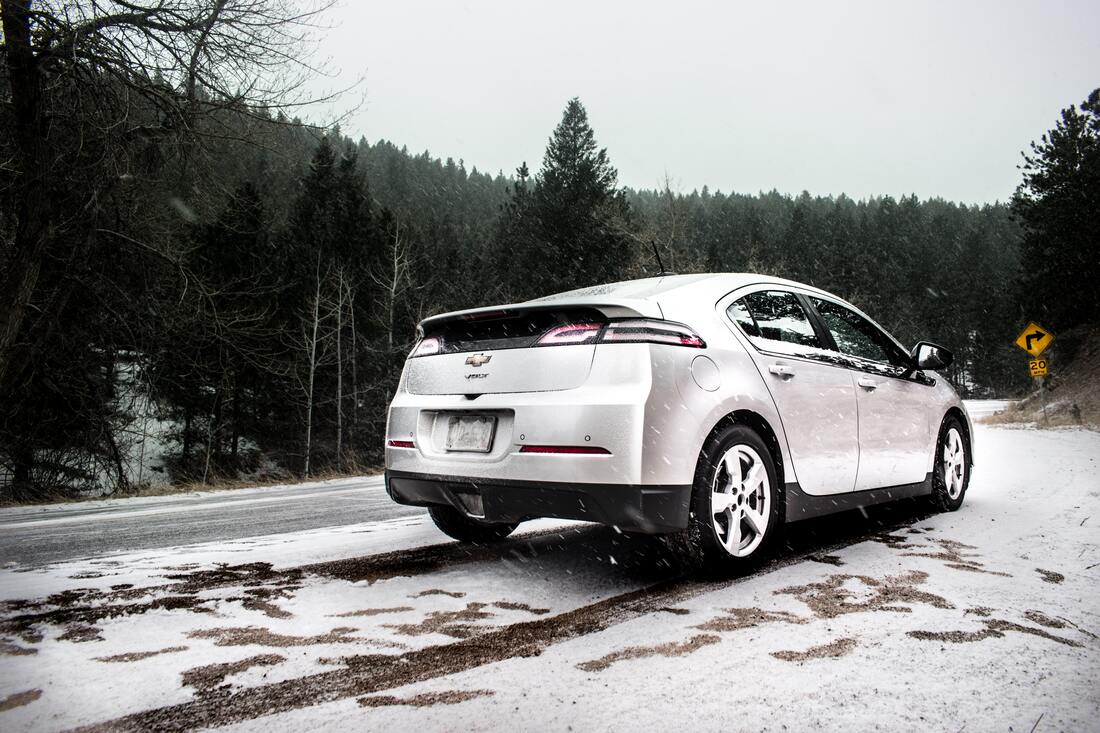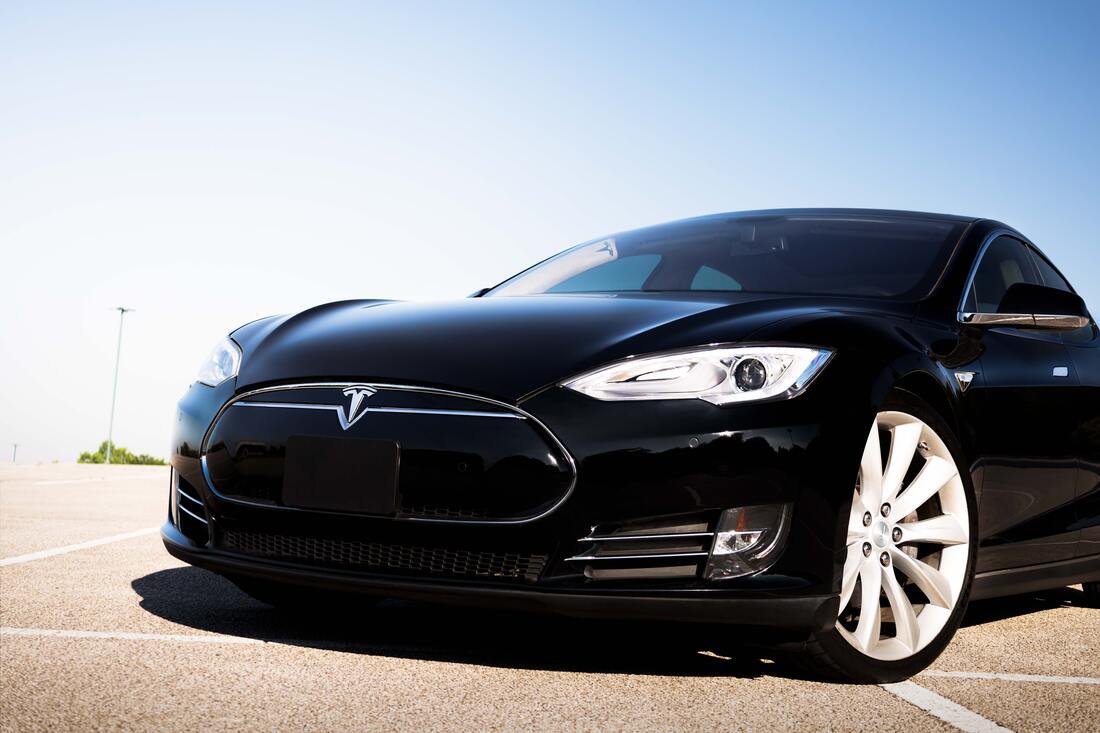|
On a jog this morning I saw a Tesla parked on the side of the road. The temperature outside was 3 degrees and the car wasn’t hooked up to charge. My first thought was, “it’s nice knowing that you can charge your vehicle from home if you need to”. I’ve been debating getting an electric vehicle (EV) for several years now. I’m the kind of person that believes in reducing my carbon footprint. I’ve offset my car’s GHG emissions by contributing to organizations like Carbon Footprint Ltd. I’m also the kind of person that likes to maintain what I use until it falls apart, so I like to be fully committed before I jump into something new. There is also affordability to consider. Electric vehicles are getting more affordable now (see Table 1 below). Federal government incentives of up to $5,000 for EVs that cost under $60,000 and tax right off options for vehicles that support businesses. So what’s really preventing me from getting an EV? I feel the main reason why I have not opted for purchasing an EV is overall unpredictability and reluctance to change. Is battery power really that unpredictable in cold weather?EV battery power is especially concerning for those of us who live in colder climates because battery power determines how far a vehicle can travel on a charge and batteries don’t like cold temperatures. So what does this unpredictability look like? 1) The cold weather will reduce my battery rangeExtreme weather (below -10 degrees celsius) will reduce my vehicle’s battery range by between 30% and 50%. Table 1 below presents some basic numbers. Starting to dive with a close to full charge and preconditioning my vehicle, the closer to the 30% I’ll be (and the more range I’ll have). 2) Preconditioning is importantPreconditioning in the winter is an EV feature that uses charging to 1) charge, 2) preheat the vehicle’s cabin and 3) preheat the vehicle's battery and drive train before driving. Preconditioning gets the car components to optimal temperatures to drive, but extreme outside conditions during driving will still reduce my vehicle’s battery range. EVs have the equivalent of a gas gauge that provides range predictions based on environmental conditions and my driving habits. Now, there are no EVs with a 400-500km range (like my current Toyota Matrix), so to increase my range in the winter a heat pump is important. 3) An EV with a heat pump is the way to goAlong with other ways to save battery power while driving, EVs with a heat pump improve driving range in the winter. Certain EVs models of Nissan, Hyundai, Kia and now Tesla (model Y) have heat pumps. The heat pump heats the car cabin when the car is on so your battery doesn’t have to. Heating the cabin might not seem like much, but having this heat pump to take care of my toes can increase my EV’s range by 30%. See Table 1 for some numbers. Table 1: Vehicle ranges under varying conditions*The heat pump system in Tesla model Y is super fancy (and more heat efficient) and adds an extra liquid cooled condenser loop and a 8 way octo-valve. This set up distributes refrigerant and glycol between different heat exchangers in the vehicle to better distribute the heat generated by various pieces of equipment to those pieces of equipment that need it when they need it (watch the videos here for details). The model Y is a tad too expensive for me but the technology will spread fast and I’ll likely see something similar in future less expensive EVs. Maybe an EV’s battery performance is really not that unpredictable. But charging is time consuming!I always want to say I’m open to new ways of doing things, but having to wait to charge my car is not always something I can easily make time for. Do I need to build my life around charging my car? 1) Installing a level 2 charger where I live gives me flexibilityChargeHub indicates that up to 80% of EV charging is done at home because charging at home is less expensive and more convenient. Off peak time weekdays is 8.5c/kwh as opposed to 17.6c/kwh on peak in Ontario and I can charge when I’m sleeping. 2) Finding public level 2 or higher charging stations in my area helpsIf I need to charge during the day, I can stop at one of 81% of public chargers; Eighty one percent of public chargers (that are level 2 and level 3) are level 2 chargers with plugs that will charge all North American EVs. Distribution of level 2 charging stations depends on your location, however. ChargeHub has a great tool to find local public charging stations. In Barrie, for example, there aren’t charging stations within a 5-10 minute walk. Keeping winter conditions in mind, my vehicle battery will have to last me until I get home, unless I want a long walk. 3) Level 1 charging stations are everywhereIn a pinch at a friend’s house or with family, I can charge at any 120V outlet. I just need to make sure I remember to always have my car plugged in because charging this way will take 20-24 hours to full charge. Maybe relying on an EV doesn’t really force me to change too much. Overall, battery power is relatively predictable and for me, knowing that I can charge my vehicle from home if I need to, offsets my gas station accessibility worries. But, if I’m serious about moving forward with an electric vehicle, accessibility to charging stations is something that I would promote socially and politically. I’d support leaders that promote government incentives for installing public charging stations, changing the building code for residential housing etc.). So what’s preventing you from getting an EV?
0 Comments
Your comment will be posted after it is approved.
Leave a Reply. |







 RSS Feed
RSS Feed
